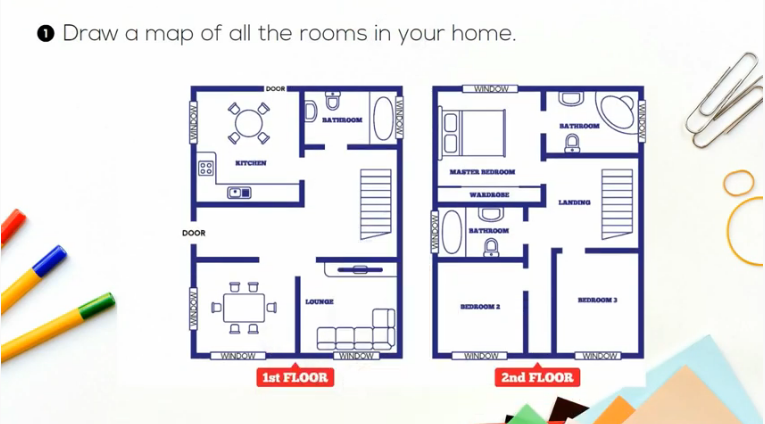Home Escape Plan
It’s 2 o’clock in the morning. You and your family are fast asleep when you awaken to the smoke alarm sounding and smell of smoke. What do you do? If you don’t have a plan in place, it could jeopardize your safety, or even prove deadly. In a typical home fire, you may have as little as one to two minutes to escape when the smoke alarm sounds. Home escape planning is critical because it ensures everyone knows how to exit the home quickly and safely.
A home escape plan includes two ways out of every room, usually a door and window, with a clear path to an outside meeting place a safe distance from the home. Keep in mind that all homes should have working smoke alarms on every floor, in every bedroom and near all sleeping areas.
When creating and practicing a home escape plan:
- Draw a map of your home with all members of your household, marking two exits from each room and a path to the outside from each exit.
- Select an outside meeting place that is a safe distance from the home such as a tree, light pole, or mailbox.
- Practice your home fire drill at least twice a year. Practice at night and during the day with everyone in your home, and practice using different ways out.
- Teach children how to escape on their own in case you can’t help them.
- Close doors behind you as you leave — this may slow the spread of smoke, heat, and fire.
- Once you get outside, stay outside. Never go back inside a burning building.
Draw a map of your home by using the grid above with all members of your household, marking two exits from each room and a path to the outside from each exit. When you’re done, practice your home fire drill twice a year. Conduct one at night and one during the day with everyone in your home, and practice using different ways out.

Check out this video from the National Fire Protection Association (NFPA) on Making a Home Fire Escape Plan.

